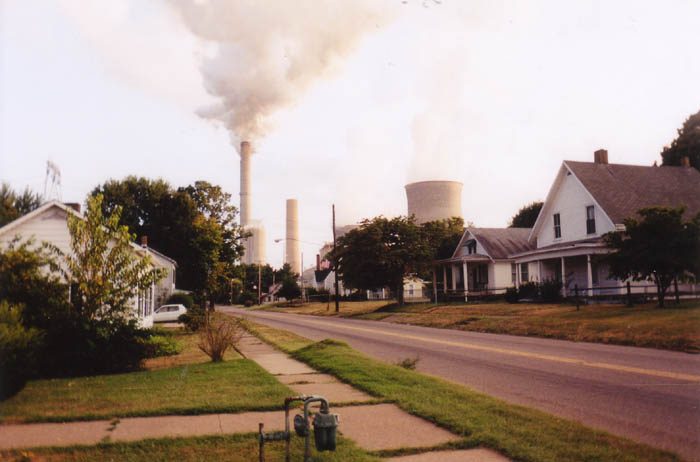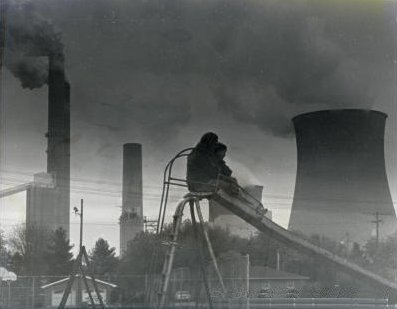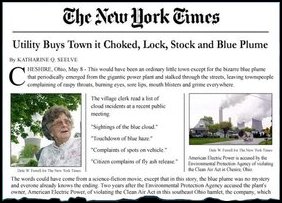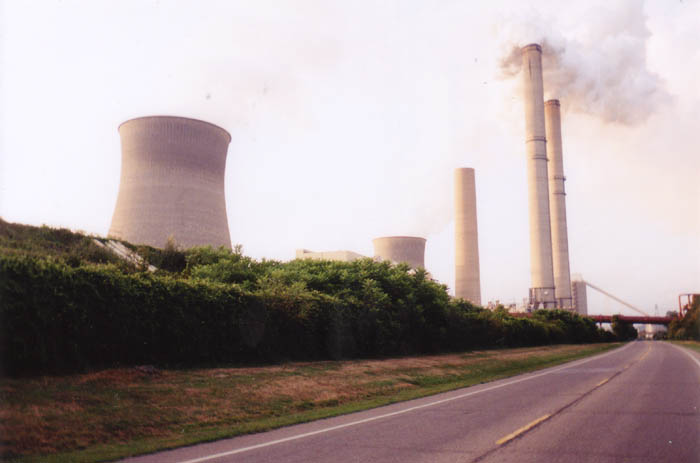






Make sure you have all your supplies for printing the information you need! You don't want to be caught with no ink! So stock up on your supply of printer ink today! Don't be caught without supplies for your printer! Get your cheap ink cartridges and even hp ink cartridges at Click Inks! Great prices for great printer supplies!
 . . . .
. . . .


Hawthorne, Michael. "AEP Agrees to Buy Out Entire Town." Columbus Dispatch, April 17, 2002.
Hawthorne, Michael. "Village Still Fears Plant's Acid Haze." Columbus Dispatch, October 11, 2001.
Pierre, Robert E. "Ohio Town Empties as Utility Buys It." Washington Post, November 12, 2003.